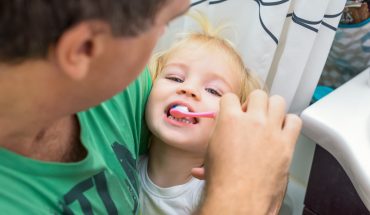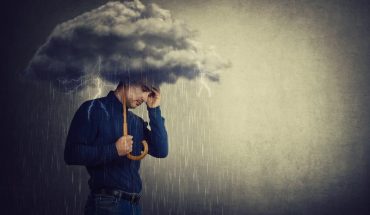As people age, maintaining an active lifestyle becomes increasingly important for overall health and well-being. However, exercising when you’re older presents unique challenges, such as decreased muscle mass, coping with pain, and longer recovery times. By understanding these hurdles, individuals can take necessary precautions to maintain their fitness levels and continue to reap the benefits of physical activity.
Decreased Muscle Mass
A natural part of the aging process is a decline in muscle mass, also known as sarcopenia. This condition can make working out more difficult, as muscles become weaker and less able to withstand the demands of exercise. Additionally, decreased muscle mass can lead to reduced balance and stability, increasing the risk of falls and injuries. To combat this challenge, older adults should incorporate strength training exercises into their routine, focusing on compound movements that target multiple muscle groups. This can help improve muscle mass, strength, and functional ability, allowing for safer and more effective workouts.
Dealing With Pain
Another challenge faced by older adults when working out is dealing with pain. Age-related changes in the body, such as joint deterioration, can cause discomfort during exercise, potentially discouraging individuals from staying active. Sciatic pain can make it difficult just to walk or sit, let alone engage in regular physical activity. To manage pain, it is essential to listen to one’s body and avoid exercises that exacerbate discomfort. Consultation with a healthcare professional or chiropractor can provide guidance on proper form and modifications to minimize pain. In addition, incorporating low-impact activities, such as swimming or cycling, can help alleviate stress on joints while still providing cardiovascular benefits.
Longer Recovery Times
As people age, their bodies require more time to recover from physical activity, making it more challenging to maintain a consistent workout schedule. Factors such as decreased production of growth hormones and reduced protein synthesis contribute to slower healing and repair processes. This can lead to increased soreness, stiffness, and fatigue, deterring older individuals from pursuing their fitness goals.
To address this issue, it is crucial to allow for adequate recovery time between workouts. Older adults should consider incorporating active recovery days, which involve lighter physical activities such as stretching or yoga, to promote healing without causing additional stress on the body. Additionally, proper nutrition, hydration, and sleep are vital for optimal recovery and overall health.
While exercising when you’re older presents distinct challenges, understanding these obstacles and implementing strategies to overcome them can help maintain an active lifestyle. By focusing on strength training, managing pain, and allowing for sufficient recovery time, older adults can continue to enjoy the physical, mental, and social benefits of regular exercise. Ultimately, it is essential to listen to one’s body and seek guidance from healthcare professionals to ensure a safe, enjoyable, and effective fitness journey.
Check out this article on: How natural medicine can help improve your health




